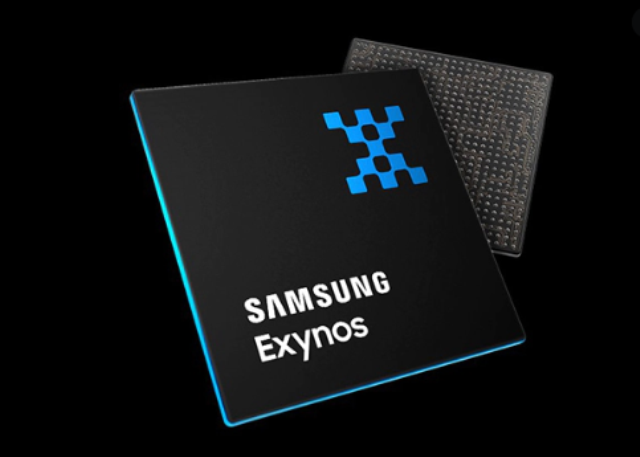Samsung posted an operating profit of 14 trillion won ($10.7 billion) during the second quarter, up 11 percent from 12.57 trillion won a year earlier.
 Samsung’s revenue for the second quarter rose 21 percent to 77 trillion won, in line with market estimates, Reuters news report said.
Samsung’s revenue for the second quarter rose 21 percent to 77 trillion won, in line with market estimates, Reuters news report said.
Samsung does not reveal the break-up of revenue from its important divisions at present. Samsung will disclose more details when it present the data later. Telecom network business is not a major revenue stream for Samsung at present though it works with several top mobile network operators in the world.
The strong quarter for Samsung comes at a time when other chipmakers have warned of a looming chip glut at customers who stocked up during the pandemic to meet higher demand from people working from home.
Chipmakers including Micron and Advanced Micro Devices (AMD) have also recently signalled waning demand as red-hot inflation squeezes spending.
“Memory chipmakers are expected to build inventory, keeping supply conservative, and hike shipments when prices rebound and demand recovers next year,” said Park Sung-soon, an analyst at Cape Investment & Securities.
Prices of specific DRAM chips, used in devices and servers, fell about 12 percent last month from a year ago, according to data provider TrendForce. Prices of NAND Flash chips, used for data storage, are also projected to fall as much as 5 percent in the July-September period from the previous quarter.
Samsung’s profits have been shielded as large U.S. tech firms such as Amazon, Microsoft, Google and Meta that use a lot of data centre services kept buying chips to meet cloud demand.
Taiwanese contract electronics supplier and Apple iPhone maker Foxconn on Monday raised its full-year outlook and said it was optimistic about the third quarter.
A strong dollar, which hit a 20-year high, may have also aided Samsung’s chip profits in the second quarter.
Estimated smartphone shipments by Samsung’s mobile business in the second quarter were about 62-64 million, about 5-8 percent lower than a March estimate, Counterpoint Research said, as inflation hit smartphone demand.
Samsung shipped 74 million smartphones in the first quarter.
“This trend is the same for major global smartphone makers, although there is variance to some degree … In particular, the hit to the demand for low- and mid-end smartphones seems more severe,” said Jene Park, Senior analyst at Counterpoint.





